April 2024
Just a few years ago, I spent a very long time in Morocco. However, I had an opportunity to return with a wonderful gentleman, Professor Trevor Marchand. We visited many places I had seen, but we also ventured into and through the Atlas Mountains to the Sahara Desert and the home of the Berber Communities.
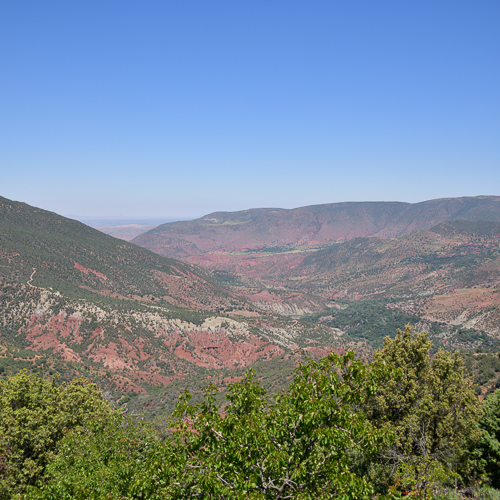
The Atlas Mountains are a mountain range in the Maghreb, North Africa. It separates the Sahara Desert from the Mediterranean Sea and the Atlantic Ocean.
The Atlas Mountains consist of several ranges: the Anti-Atlas, High Atlas, and Middle Atlas in Morocco, all of which we drove through; the Tell Atlas (Morocco, Algeria, Tunisia), Aurès Mountains (Algeria, Tunisia), and the Saharan Atlas (Algeria).
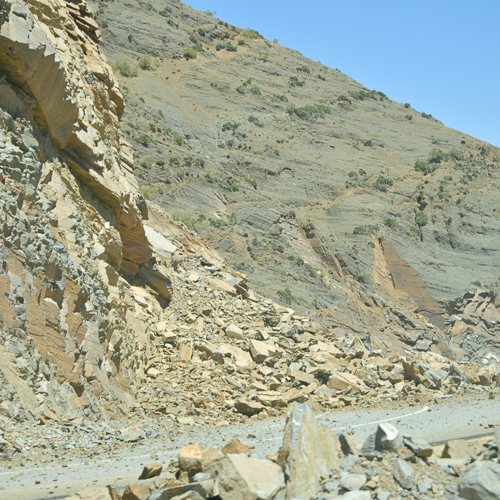
The Atlas Mountains were the hardest hit by the 6.8 magnitude September 8, 2023 earthquake.
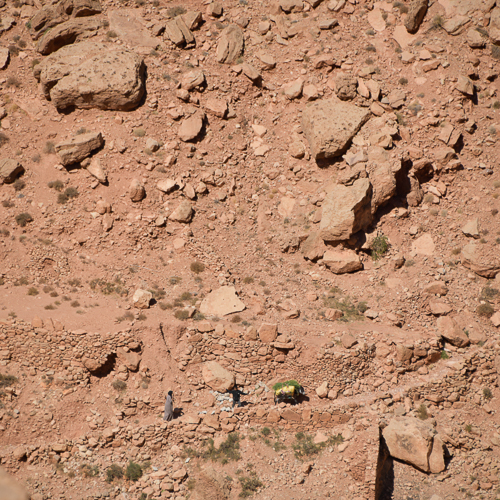
Driving through the ranges gives you a sense of the way of life in this part of the world. Looking closely, you can see two people and a laden donkey heading up the mountain to market.
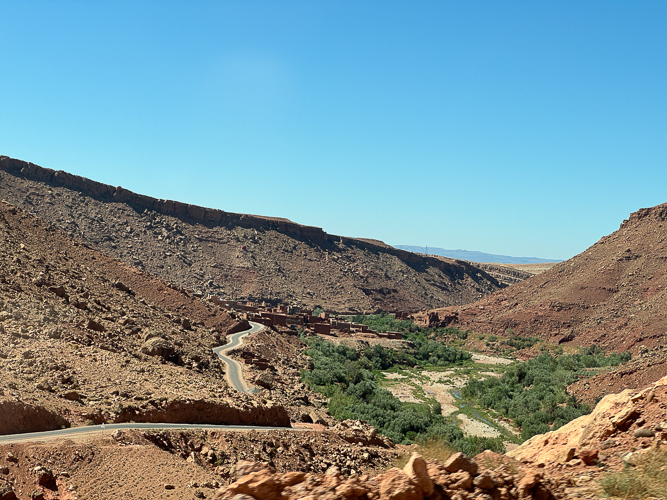
Driving Through the Atlas Mountains
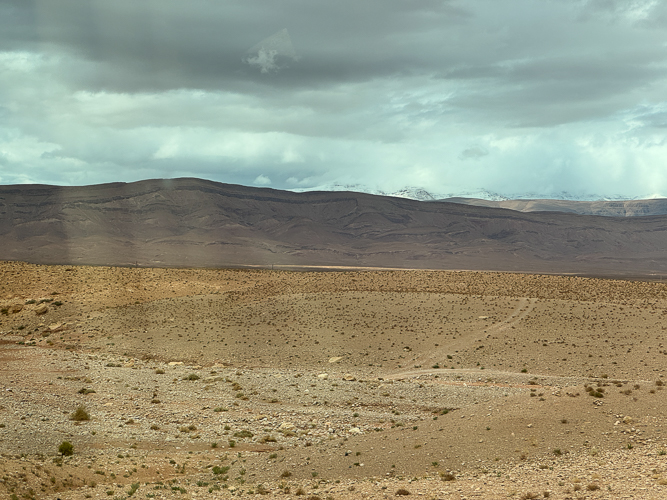
Snow on the highest mountains
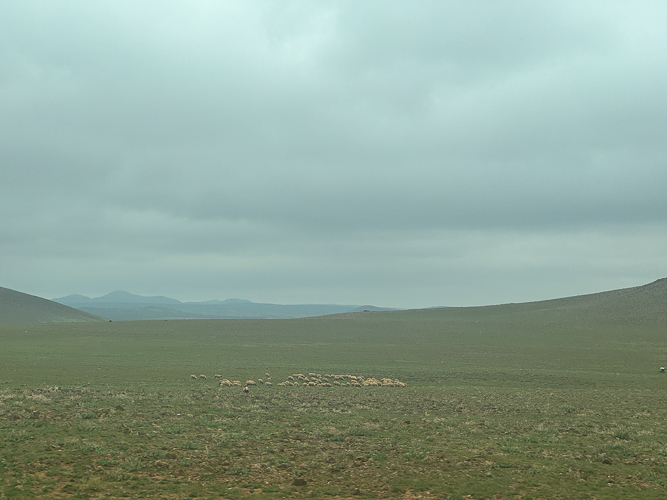
The Berbers are still a semi-nomadic people when herding sheep.

Taourirt Kasbah (the former palace of the el Glaoui clan, built in the 19th century
The Berbers are essential to understanding Morocco’s history. They are a diverse group of distinct ethnic groups indigenous to North Africa who predate the arrival of Arabs. Berbers are divided into many diverse ethnic groups and languages. Historically, Berbers across the region did not see themselves as a single cultural or linguistic unit, nor was there a greater “Berber community” due to their differing cultures. They also did not refer to themselves as Berbers but had their own terms to refer to their own groups and communities. They started being referred to collectively as Berbers after the Arab conquests of the 7th century, and this distinction was revived by French colonial administrators in the 19th century. Today, the term “Berber” is viewed as pejorative by those who prefer the term “Amazigh”.
Since the late 20th century, a transnational movement—known as Berberism or the Berber Culture Movement—has emerged among various parts of the Berber populations of North Africa to promote a collective Amazigh ethnic identity and to advocate for greater linguistic rights and cultural recognition.
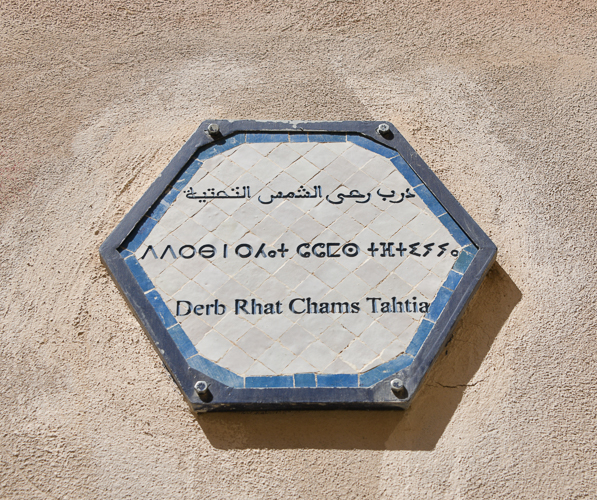
The Berber alphabet is called Tifinagh and is globally universal (the center script on this street sign). It was prominent until around the 12th century and gradually replaced by the Arabic alphabet. Because of their geographical isolation, the Tuaregs have continued to use it. More and more people are learning to read and write in Berber, thanks to His Majesty King Mohammed VI, who in 2004 granted the teaching of Amazigh in schools. The new Constitution adopted in 2011 also officially recognized Berber as Morocco’s second official language.
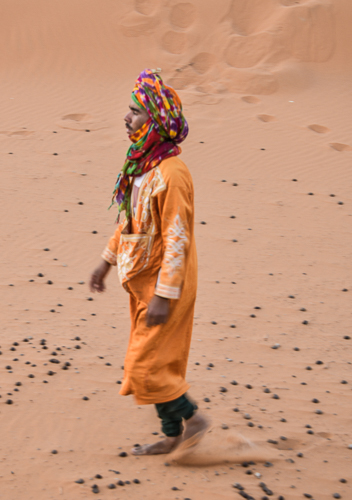
For the Berber men of the Sahara, the traditional dress is the Deraa, a tunic, usually blue, with openings on the sides to keep the body ventilated. They also wear turbans to protect themselves from the sun and sand.

A Berber woman preparing to take supplies across the river at the bottom of the Todgha River Gorge,
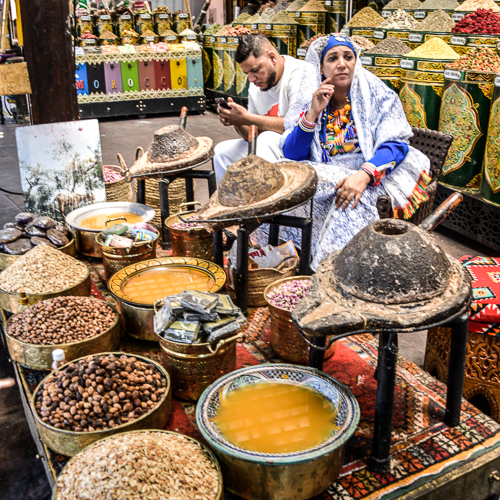
A Berber woman selling oils and spices in the Marrakesh market
The archeological site of Sijilmassa is a view of one of the most extremely important towns in the history of Morocco and the Berber people in particular.
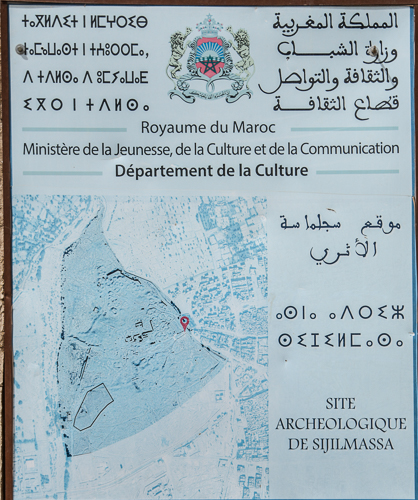
Founded in the ninth century, Sijilmasa is located in the Tafilalt Oasis along the northern edge of the Sahara Desert in southeastern Morocco. It was a vital link in the African gold trade. Its mint struck gold coins as early as the tenth century, and evidence strongly suggests that West African gold passed through the area by the fourth century. Much of Sijilmasa was abandoned in the late fourteenth century.
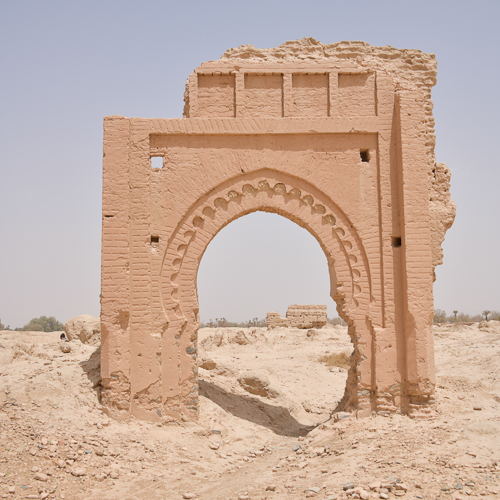
This gate was restored by the Moroccan government to show what it would have looked like in its day.
Thanks to the availability of the camel, Berber-speaking people began crossing the Sahara Desert around the fifth century. From the eighth century onward, annual trade caravans were the norm. Gold was the main commodity of the trans-Saharan trade.
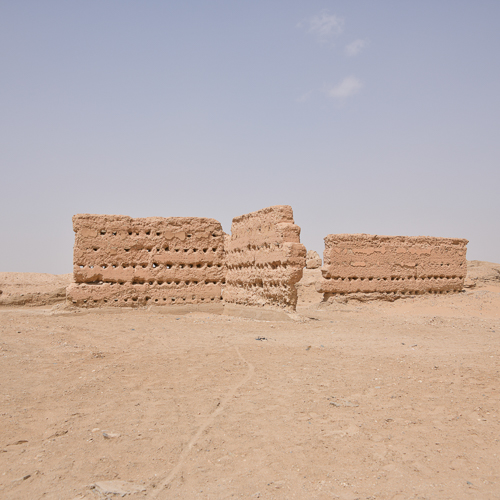
From the seventh to the eleventh century, trans-Saharan trade linked the Mediterranean economies that wanted gold, and could supply salt, to the sub-Saharan economies, where gold was abundant. This gave rise to the fact that ounce for ounce salt was worth as much as gold.
In the eighth and ninth centuries, Arab merchants operating in southern Moroccan towns, such as Sijilmasa, bought gold from the Berbers and financed more caravans. These commercial transactions encouraged the conversion of the Berbers to Islam.
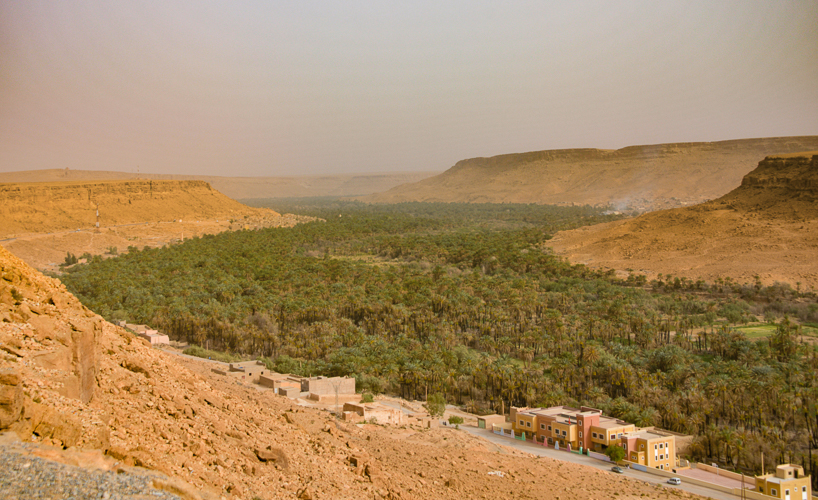
Above is Tafilalt, Morocco’s largest Saharan oasis. The oasis comprises fortified villages and palm groves stretching 30 miles along the Wadi Ziz River. Its old capital was Sijilmassa. It was a windy day, and the air was full of sand.

A nice picnic spot in the Todgha River Gorge,
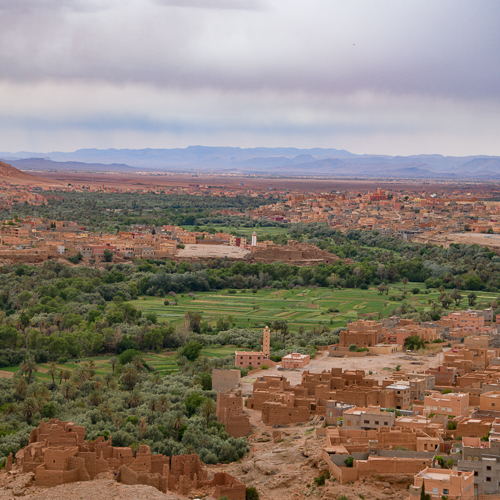
An Oasis near the Todgha River Gorge